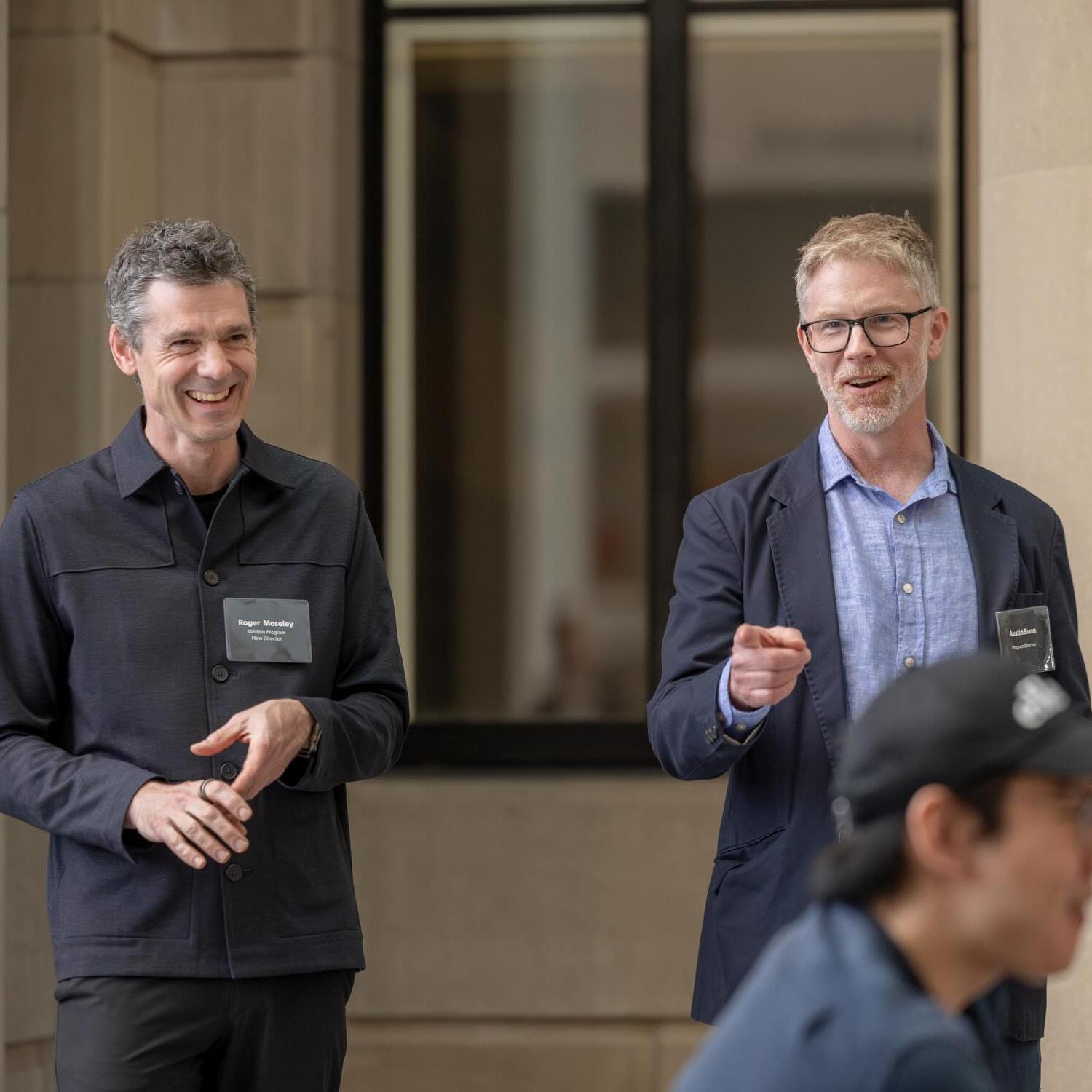
 Department Homepage
The College of Arts & Sciences
Department Homepage
The College of Arts & Sciences
Milstein students get a glimpse of artist Xu Bing’s character
Bing's animation, “The Character of Characters,” is on display at the Herbert F. Johnson Museum of Art.



